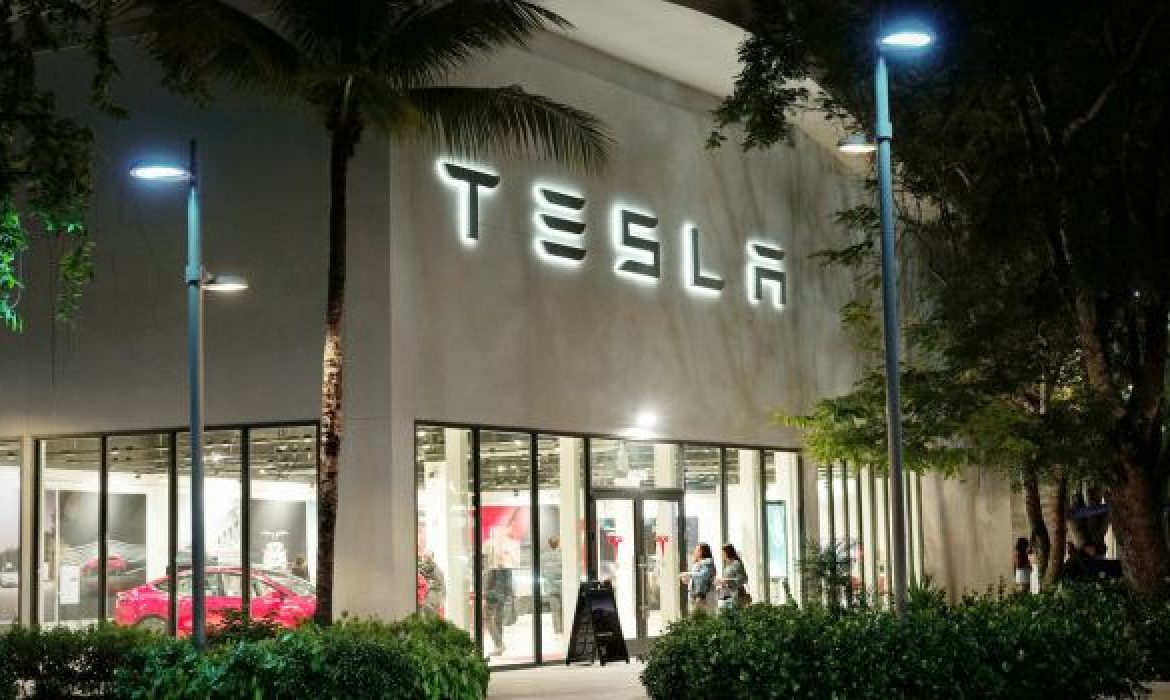
Date Issued – 23rdOctober 2025
Courtesy of the Research Department at Balfour Capital Group
Key Points
- U.S. Sanctions on Russia’s Oil Giants: Washington’s new sanctions on Rosneft and Lukoil threaten to disrupt up to half of Russia’s crude exports, forcing China and India to seek alternative suppliers and pushing Brent prices near $65 a barrel.
- Tesla Returns to Growth: Tesla posted 12% revenue growth to $28.1 billion after two weak quarters, driven by record vehicle deliveries and energy storage gains, though profits fell 37% amid surging R&D and AI-related costs.
- Amazon Bets on Robotics Efficiency: Morgan Stanley projects Amazon could save up to $4 billion annually by 2027 as it automates 75% of operations, replacing 600,000 warehouse jobs and boosting long-term profitability.
- Gold’s Volatile Ascent Continues: Gold’s 54% year-to-date surge has entered a speculative phase, with prices near $4,300 per ounce; analysts expect further gains despite short-term volatility tied to equity market shifts and profit-taking.
China and India Brace for Oil Supply Shock as U.S. Tightens Sanctions on Russia
The U.S. Treasury’s new sanctions on Russian oil giants Rosneft and Lukoil mark one of Washington’s most aggressive energy moves since the Ukraine war began, threatening to disrupt the flow of over 2 million barrels per day to China and 1.6 million to India.
The sanctions, which take effect Nov. 21, give buyers a short window to unwind contracts, sending Brent crude up 3.7% to $64.91 a barrel.
Analysts expect both Asian nations to pivot toward OPEC and U.S. suppliers, tightening global supply and pushing prices higher as refiners scramble to secure non-sanctioned crude.
Tesla Rebounds on Revenue Growth, But Earnings Miss Amid Rising Costs
Tesla reported third-quarter revenue of $28.1 billion, up 12% year over year and ahead of estimates, marking a return to growth after two straight quarterly declines.
However, net income dropped 37% to $1.37 billion as operating expenses surged 50%, driven by AI and R&D investments.
Automotive revenue rose 6%, but lower EV prices, fading U.S. tax credits, and weak European sales pressured margins.
Tesla’s energy storage business surged 44%, now accounting for a quarter of total revenue. Shares fell 5% in after-hours trading as investors reacted to muted guidance and continued uncertainty around future production timelines.
Amazon’s Automation Drive Could Unlock $4 Billion in Annual Savings by 2027
Morgan Stanley estimates Amazon’s aggressive shift toward warehouse automation could yield $2–$4 billion in yearly savings by 2027 as the company replaces up to 600,000 human roles with robots and automates 75% of operations.
The bank reiterated its overweight rating and $300 price target, noting that robotic fulfillment centers could cut per-order costs by 20%–40%.
CEO Andy Jassy previously said automation has already lowered fulfillment expenses by 25% at Amazon’s Shreveport facility.
Analysts see robotics-driven efficiencies—alongside AI and AWS growth—as key to restoring margin momentum after the stock’s underperformance this year.
Gold’s Record-Breaking Rally Enters a Volatile New Phase
Gold’s historic 54% year-to-date surge—its strongest since 1979—has entered a new, more volatile stage as speculative FOMO-driven buying replaces steady central bank accumulation.
The metal breached $4,000 per ounce in October before retreating 5%, its sharpest daily drop in five years. Analysts view the correction as healthy, noting strong fundamentals amid Fed rate cuts and ongoing geopolitical tension.
However, rising equity markets and potential margin-call liquidations pose near-term risks.
Despite these headwinds, most forecasts still see gold climbing toward $4,500 in 2026 as investors hedge against inflation, policy uncertainty, and elevated global asset valuations.
Conclusion
Markets are navigating a complex intersection of geopolitics, innovation, and shifting capital flows.
The U.S. sanctions on Russia’s energy giants have tightened global oil dynamics, while Asia’s energy dependency underscores renewed supply risk.
Corporate earnings from Tesla and Amazon reveal the dual edge of technological transformation—pressure on short-term margins but powerful long-term efficiency gains.
Meanwhile, gold’s volatility reflects both investor caution and speculative fervor amid policy uncertainty.
As global markets adjust to new realities in energy, automation, and monetary policy, disciplined portfolio diversification remains critical to balancing opportunity and resilience in the quarters ahead.
Investment Insights
- Energy Repricing Ahead: Sanctions on Russia’s oil majors may tighten global supply, supporting near-term upside in crude prices and reinforcing opportunities in U.S. and Middle Eastern energy producers.
- Tech Margins Under Pressure: Tesla’s results highlight a broader trend — innovation-heavy firms face short-term earnings compression before realizing productivity-driven growth; patient capital could be rewarded.
- Automation as a Profit Catalyst: Amazon’s aggressive robotics rollout signals a structural margin expansion theme across logistics and industrial automation sectors.
- Gold as a Tactical Hedge: Heightened volatility and policy uncertainty sustain the case for strategic gold exposure despite short-term corrections in price momentum.
Economic Calendar
| Date | Event | Why It Matters |
|---|---|---|
| October 24, 2025 | U.S. Consumer Price Index (YoY) | Critical inflation read that may shift expectations on future Fed rate cuts. |
| October 29, 2025 | FOMC Interest Rate Decision | Key policy decision that sets the tone for rates and global bond flows. |
| October 31, 2025 | Euro Area Flash Manufacturing PMI (Oct) | Early gauge of euro-zone industrial momentum and ECB policy direction. |
| November 3, 2025 | Japan GDP (Q3, QoQ) | Snapshot of Japan’s growth prospects amid currency and regional spill-over risks. |
Disclaimer: This newsletter provides financial insights for informational purposes only. It does not constitute financial advice or recommendations for investment decisions.




